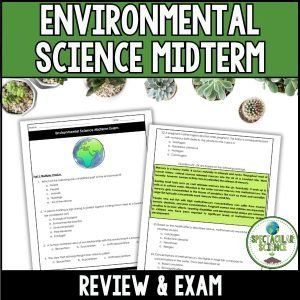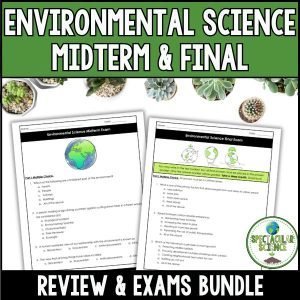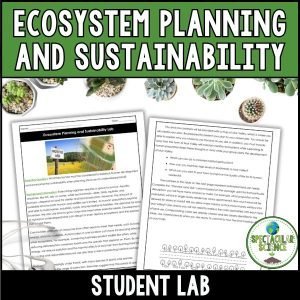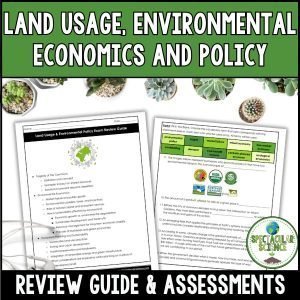In this engaging and inquiry-driven lab, students take a deep dive into Earth’s carbon cycle to explore how carbon moves through the atmosphere, biosphere, geosphere, and hydrosphere—and how human activity is disrupting this delicate balance. From analyzing real CO₂ data to drawing carbon cycle models and connecting it all to climate change, this lab is the perfect blend of hands-on learning, critical thinking, and real-world relevance.
$4.00
In this engaging and inquiry-driven lab, students take a deep dive into Earth’s carbon cycle to explore how carbon moves through the atmosphere, biosphere, geosphere, and hydrosphere—and how human activity is disrupting this delicate balance. From analyzing real CO₂ data to drawing carbon cycle models and connecting it all to climate change, this lab is the perfect blend of hands-on learning, critical thinking, and real-world relevance.
Why Teachers Love This Lab:
How It Works:
What’s Included:
Perfect For:
Pro Tip: Turn the graph investigation into a jigsaw or gallery walk activity to boost collaboration and discussion. Use color coding for natural versus human carbon fluxes on student models and display them as visual references during your climate unit.
Grade Levels: 7th – 12th
Total Pages: 22
Teaching Duration: 2 Days
⭐ Looking for quality resources and time-saving tips for your secondary science classroom?
☑ Follow Spectacular Science on TPT
☑ Subscribe to My Newsletter
☑ Check Out My Blog
☑ Follow Me on Instagram
If you have any questions, please do not hesitate to ask.
Thanks for visiting!
Jessica



